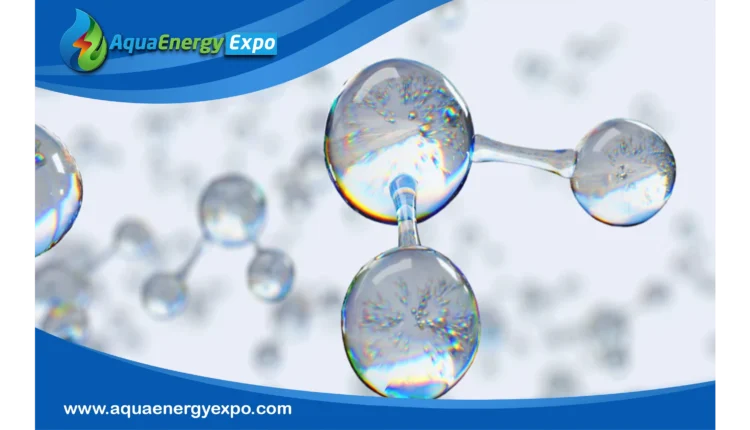The Essentials of Water Reuse: Strategies and Benefits Water reuse is a vital strategy in modern water management, offering a sustainable solution to growing demand and dwindling resources. By treating and repurposing wastewater for non-potable or even potable uses, municipalities and industries can reduce freshwater withdrawal, lower energy consumption, and support environmental protection, all while ensuring water security for future generations. Is Savannah Water Safe to Drink? Savannah’s drinking water undergoes rigorous treatment and testing to meet federal and state safety standards. Drawn primarily from the Floridan aquifer and surface water sources, it is processed through advanced purification systems. While generally safe for consumption, occasional taste or odor issues can occur due to naturally occurring compounds, prompting continuous monitoring and community transparency. Non-Revenue Water: Challenges and Solutions Non-revenue water—water that is produced but not bi...
المشاركات
عرض المشاركات من مايو, 2025
- الحصول على الرابط
- X
- بريد إلكتروني
- التطبيقات الأخرى

Deuterium-Depleted Water: Understanding Its Chemistry, Production, and Health Implications Deuterium-depleted water (DDW) is water with a reduced concentration of deuterium, a stable hydrogen isotope. While regular water contains around 150 ppm of deuterium, DDW typically contains much less. This water is produced using advanced distillation or isotope separation techniques. Scientific interest in DDW has grown due to its potential health benefits, including improved cellular function and anti-cancer properties. However, research is ongoing, and while early results are promising, more clinical studies are needed to confirm its long-term health effects. ?What is Hydraulic Gradient Line The Hydraulic Gradient Line (HGL) represents the elevation to which water would rise in a piezometer connected to a pipeline or open channel. It reflects the pressure head in a system and is a key tool in hydraulic engineering for analyzing fluid flow. When designing water distribution systems, unde...
- الحصول على الرابط
- X
- بريد إلكتروني
- التطبيقات الأخرى

Australia’s Longest River: The Mighty Murray Introduction The Murray River is Australia's longest and most iconic river. Winding through three states— New South Wales, Victoria, and South Australia —it forms the lifeblood of inland southeastern Australia. It plays a crucial role in agriculture, ecology, culture, and national identity. Key Facts Feature Details Name Murray River Length ~2,508 kilometers (1,558 miles) Source The Australian Alps, near Mount Kosciuszko Mouth Southern Ocean, near Goolwa, South Australia States New South Wales, Victoria, South Australia Tributaries Murrumbidgee, Darling, Goulburn, Mitta Mitta Geographical Course Source The river originates in the Snowy Mountains , from the Indi River , a stream near Mount Kosciuszko. Upper Murray Flows westward, forming the border between New South Wales and Victoria . Middle Murray Passes towns such as Albury , Echuca , and Mildura , supporting vast agricultural zones. Lower Murray ...
- الحصول على الرابط
- X
- بريد إلكتروني
- التطبيقات الأخرى

Amazon Rainforest Humidity: A Lush Engine Driving Global Moisture The Amazon Rainforest , often called the "lungs of the Earth," is not only a vast reservoir of biodiversity but also a critical climate engine that plays a central role in the global water cycle. Among its most important features is its extreme humidity , which fuels weather patterns, sustains ecosystems, and influences rainfall far beyond its boundaries. 🌿 Humidity at the Heart of the Jungle The Amazon experiences some of the highest levels of relative humidity on the planet, often exceeding 80% year-round . This intense moisture is primarily the result of: Dense vegetation that transpires large amounts of water Frequent rainfall that replenishes atmospheric moisture High temperatures that accelerate evaporation and condensation Every tree in the Amazon acts like a natural pump, releasing water vapor through transpiration . This vapor adds to the humidity in the air, creating thick, mois...
- الحصول على الرابط
- X
- بريد إلكتروني
- التطبيقات الأخرى

?What are Marshes Marshes are a type of wetland ecosystem characterized by: 🌿 Key Features of Marshes : Waterlogged Land : Marshes are regularly or permanently flooded with shallow water, creating a soft, saturated soil environment. Dominant Vegetation : They are dominated by herbaceous (non-woody) plants such as: Grasses Sedges Reeds Rushes Unlike swamps, marshes do not have many trees . Types of Marshes : Freshwater Marshes : Found along rivers, lakes, or inland areas. Saltwater (Tidal) Marshes : Found along coastlines and estuaries, affected by ocean tides. Brackish Marshes : Contain a mix of salt and fresh water. Biodiversity Hotspots : Marshes support a wide variety of birds, amphibians, fish, insects, and plant species. Ecological Importance : Water purification : Filter pollutants from water Flood control : Absorb excess rain and river water Carbon storage : Trap carbon-rich plant material Habitat : Provide breed...
- الحصول على الرابط
- X
- بريد إلكتروني
- التطبيقات الأخرى

?what would earth look like without oceans If Earth had no oceans, it would look dramatically different—both visually and ecologically. Here's a detailed look at what our planet would resemble and what changes would occur: 🌍 Visual Appearance Vast Exposed Seafloors : Without oceans, the Earth’s seabeds would be revealed, showing rugged, mountainous terrain including mid-ocean ridges, deep trenches (like the Mariana Trench), abyssal plains, and seamounts. Higher "Continental" Coverage : Land would cover around 70% of the Earth's surface (instead of about 30% now), but much of it would be barren and inhospitable due to lack of moisture and temperature regulation. Giant Salt Flats and Deserts : Former ocean basins would likely be vast salt-encrusted plains or deserts, as evaporated seawater would leave behind thick layers of minerals and salts. Shifts in Earth's Albedo : The planet might appear lighter in color from space due to the increase in expos...